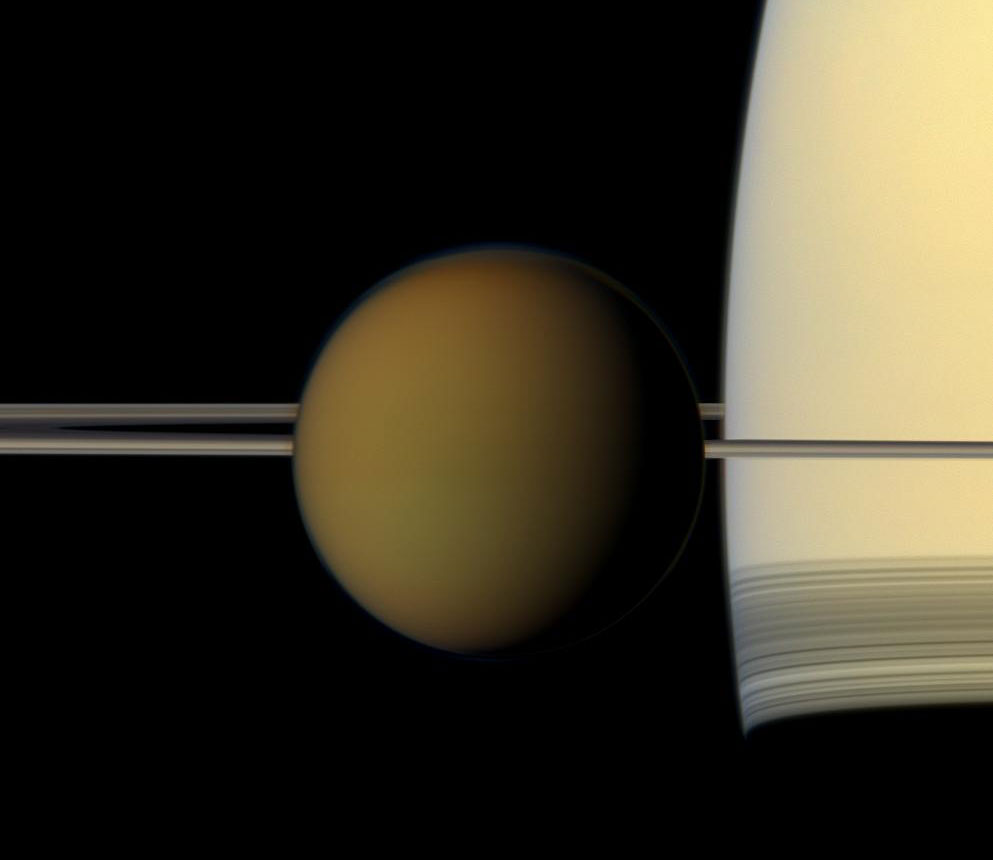If you’ve ever dreamed about flying over a distant moon or planet, NASA has given you the closest thing to the real thing.

NASA has released video of Titan, Saturn’s largest moon, and the second-largest moon in the solar system, after Jupiter’s moon, Ganymede.
This colourized movie, illustrating Titan’s largest lakes and seas, was released by NASA’s Cassini mission. It was made using radar data during several flyovers of Titan from when it first arrived in 2004 to 2013.
Titan is the only body in our solar system that contains stable surface liquid.

Get daily National news
Though not quite hospitable to humans, the moon has many similarities to Earth: it has continents, lakes, and even rain. But if you thought rain here on Earth can be a pain, imagine it raining gasoline.
That’s pretty much what the liquid on Titan is comprised of: methane and ethane, though its atmosphere is mostly nitrogen, like Earth’s.
READ MORE: Saturn’s moon Titan not only has lakes, may also have ‘salt flats’
Astronomers have been intrigued by the mysterious moon after Voyager 1 flew by in 1980 revealing a moon shrouded in clouds. The spacecraft couldn’t penetrate the cloud-cover, leaving astronomers guessing as to the moon’s landscape.
Hubble photographed Titan in 1994, revealing a large continent.
Then, in 2004, NASA and the ESA launched the Cassini-Huygens mission to the Saturn system (Saturn has over 50 moons). While Cassini would orbit Saturn, Huygens would detach from the craft, head to Titan, and descend.
Huygens made the descent on January 14, 2005 and was able to send back data for about 90 minutes.






Comments